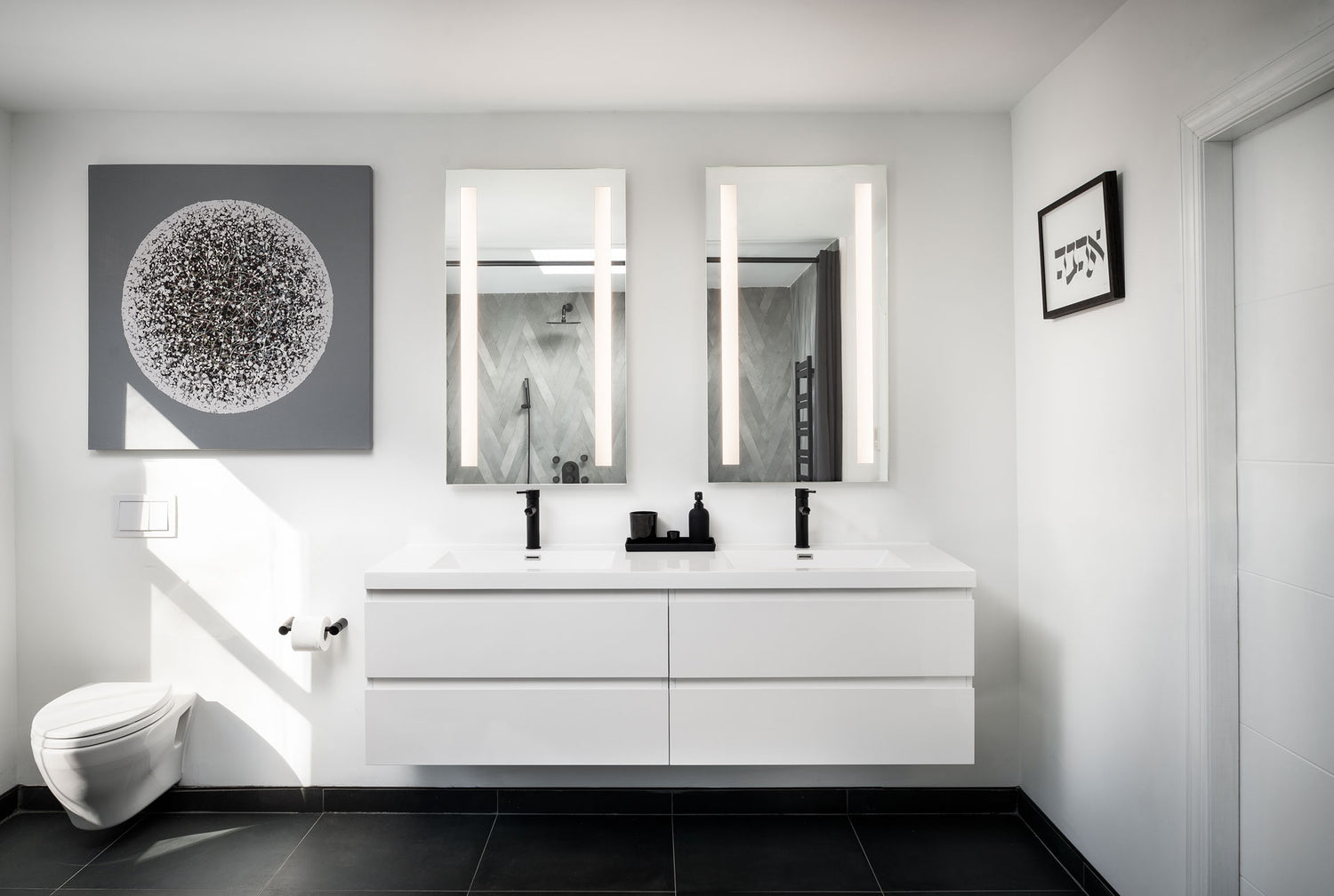Screen brightness matters, especially outdoors. There have been some false claims hitting the outdoor TV industry. Get the facts on misleading information and see how outdoor TVs stack up.
How is TV Screen Brightness Measured?
There are multiple ways to measure TV screen brightness. Traditionally, TV screen brightness has been measured based on the sustained level of brightness across the entire TV screen at a given time. Séura’s brightness claims have always been based on measurement at the “Sustained 100% Window” which is the traditional way of measurement and it replicates real use situations.
In recent years, some TV manufacturers started measuring brightness based on just a small portion of the entire viewing area (i.e., 10% window, 25% window, etc.). While these measurements are meant to test for small highlights, they do not represent the overall picture brightness which is the most important consideration. A TV that is advertised at 2,000 nit brightness may only produce 1200 nits across the entire screen at the same time. This can be misleading, and it makes it very difficult for consumers (and even resellers) to compare products when the advertised brightness is measured differently across brands. Rtings.com does a nice job explaining the different brightness measurements.

TVs displayed in direct sunlight require higher brightness than TVs displayed in shaded outdoor areas. But even in the shade, ambient sunlight demands a bright screen to be visible outdoors.
SunBrite Falls Short of Brightness Claims
SunBrite introduced the Veranda 3 shaded outdoor TV earlier this summer. This TV is advertised to deliver 1000-nit brightness; however, testing by 3rd parties and by Séura prove that the TV is not living up to its claim. On the brightest settings, Tom’s Guide measured 528 nits and PC Magazine measured 484 nits.

We took multiple different brightness measurements of the Veranda 3 at Séura’s headquarters. Not only is SunBrite using a false brightness measurement, but their TV doesn’t even come close to reaching 1000-nits at any of the measurements, including small portions of the entire screen where brightness typically measures higher.
Outdoor TV Brightness Comparison
These false claims and different brightness measurements that don’t replicate real-life viewing make it very difficult for customers to compare products. We’ve updated our Outdoor TV Competitive Comparison chart to help understand the product differences.
To make it simple, Séura Shade Series 2 TVs are 35% brighter than SunBrite Veranda 3 Series TVs when brightness is measured at the peak 100% window.

Please browse our website for more information on Séura Outdoor TVs, including Full Sun Series TVs and Shade Series TVs.

